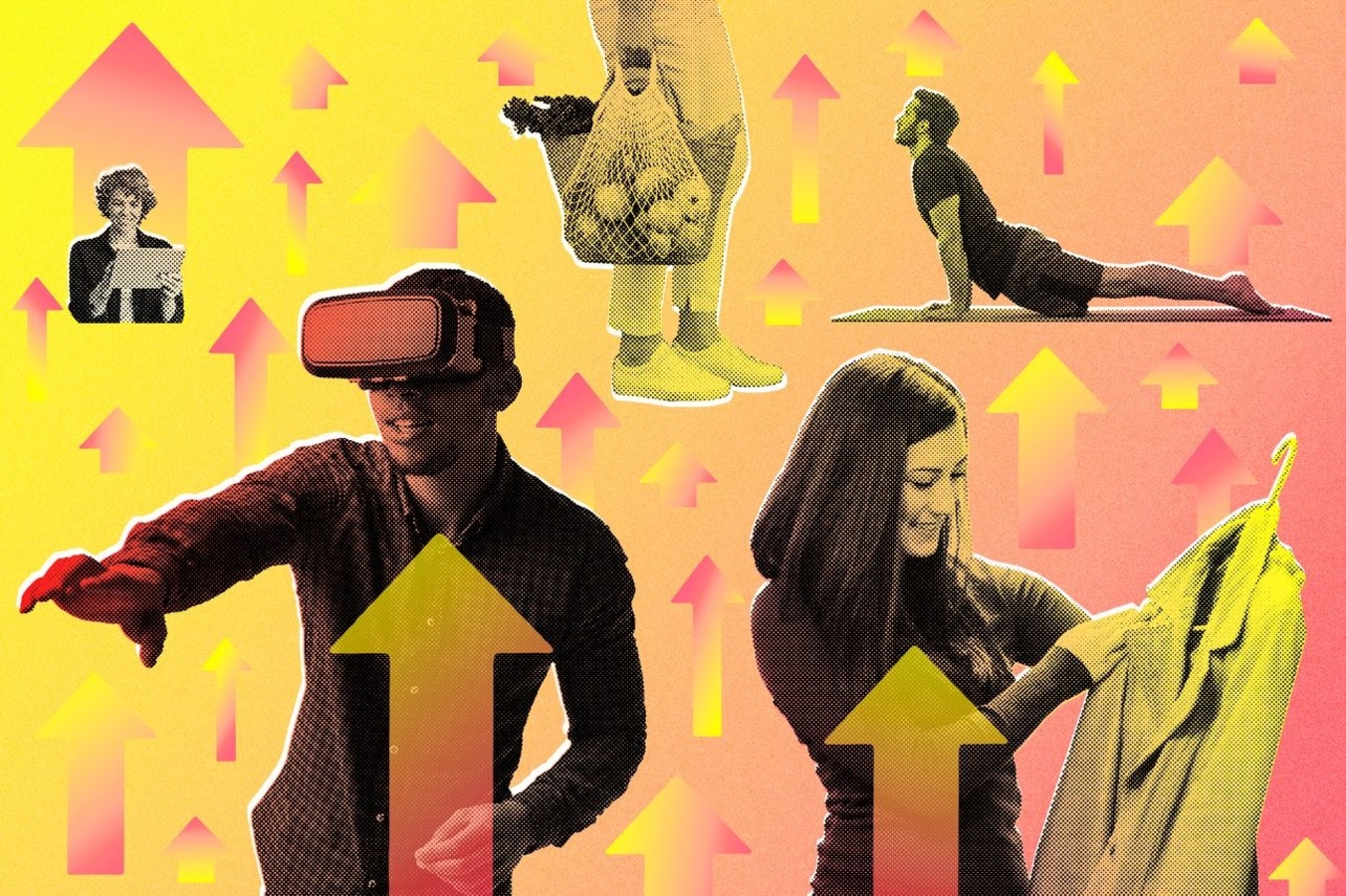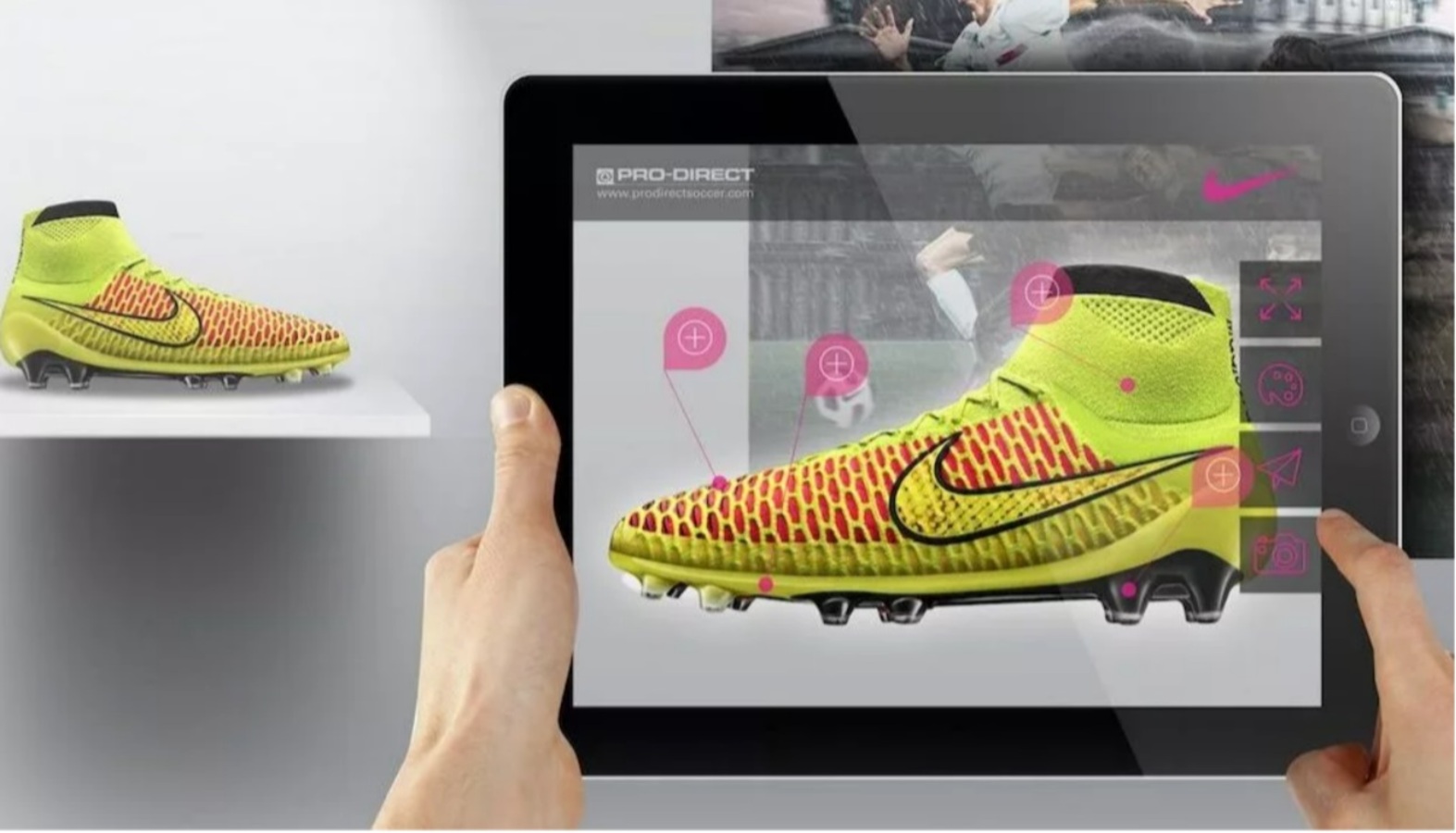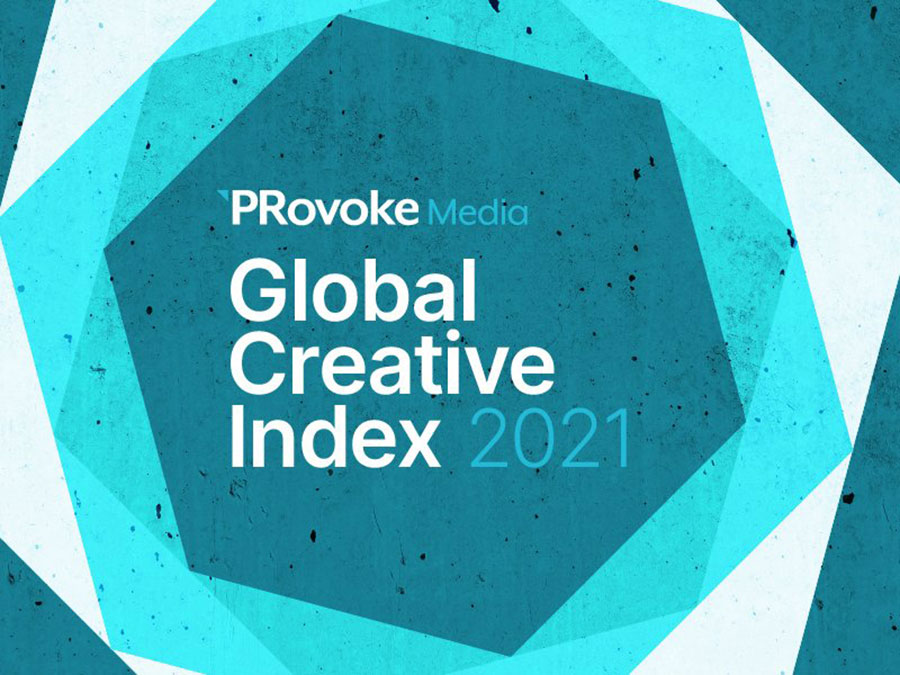Ever since the first items were sold on the internet and businesses and people tested e-commerce trying to survive by using only what they could sell and buy online, the marked lines between virtual and physical worlds have been blurring.
Mark Zuckerberg has up the ante in 2021 announcing the plans to rebrand Facebook as Meta, rising in prominence the metaverse, a word that’s taken on new resonance ever since.
The new, blended physical and digital world of the metaverse, in which our virtual and physical realities converge, might still feel like a novelty right now – although several prominent brands are already shaping the landscape – but there’s arguably huge potential offered for all brands and retailers providing they can figure out where to start.
But how should brands take their first steps into the next frontier the metaverse represents? Even though it is still an evolving space, there are some ways a brand can prepare to go meta.
From brick-and-mortar shopping to VR
The new technology always requires a curious approach, and the most important first step for each brand or retailer is to find its place by balancing the risk-reward equation.
The metaverse brings technology – whether it’s social commerce, NFTs augmented or virtual reality – out of the digital arena and into the physical world but following a few basic guidelines could go a long way for brands.
As the experts advise, just wisely plan your entrance, pick your targets, watch what the competition is doing, look for new applications, and keep your balance.
Since the digital landscape requires intellectual curiosity, above all, brands should always be in a test-and-learn mode.

The first impression is usually key to success, so consult experts for advice when planning your entrance in the metaverse – how your brand should show up and when it might make sense. Since they’re keenly emerging trends watching mass media behaviors, independent agencies can enable you to comfortably get your brand exposed to the metaverse.
By establishing how much time your target customers are spending in the metaverse, you can adapt your actions’ speed accordingly, calibrating it additionally based on your target demographics and the trending behaviors among them – sitting on the sidelines too long is not likely to be an option.
Metaverse gives you opportunities as a company to not only try new things but to expand your horizons by testing more approaches to serving your customers in the metaverse – maybe try sustainability as a long-term goal.
Meanwhile, keep a watchful eye on the competition and what they do in the metaverse since so much space can be intimidating, particularly when faced with seemingly indecipherable concepts, such as NFTs or blockchain.
Reach beyond traditional
As a place to both work and play, metaverse, with a little help from the pandemic, has muddied the waters, blurring the distinction between B2B and B2C and creating the need and calls for crossover and less specific B2B or B2C marketing.
So, any brand – which has historically been one or the other – that wants to go meta should extend its reach beyond traditional customer bases.

While they maybe had a specific and limited audience in the physical world, almost any consumer brand in need of additional support or the type of service or product can become their customer in the metaverse.
On the other hand, and exactly because of the blurred lines, any brand entering the metaverse needs to play extra smart and get extra specific about who is it targeting and why.
The evolution of technology inevitably leads to evolved consumer behavior, and it also shifted the way that people consume brands. If you want to render your products and services more rewarding and meaningful to consumers, try aligning your brand with an experience relevant to your mission and use all tools you have at disposal,
After augmented reality (AR) has brought digital into the physical world in the form, you can do wonders from a retail perspective, from viewing digital versions of products positioned within a client’s space to virtually testing and buying products.
As the lines between the physical and digital world blur and these new technologies evolve, e-commerce as we know it might begin to exist almost entirely in the metaverse, Forbes writes.


